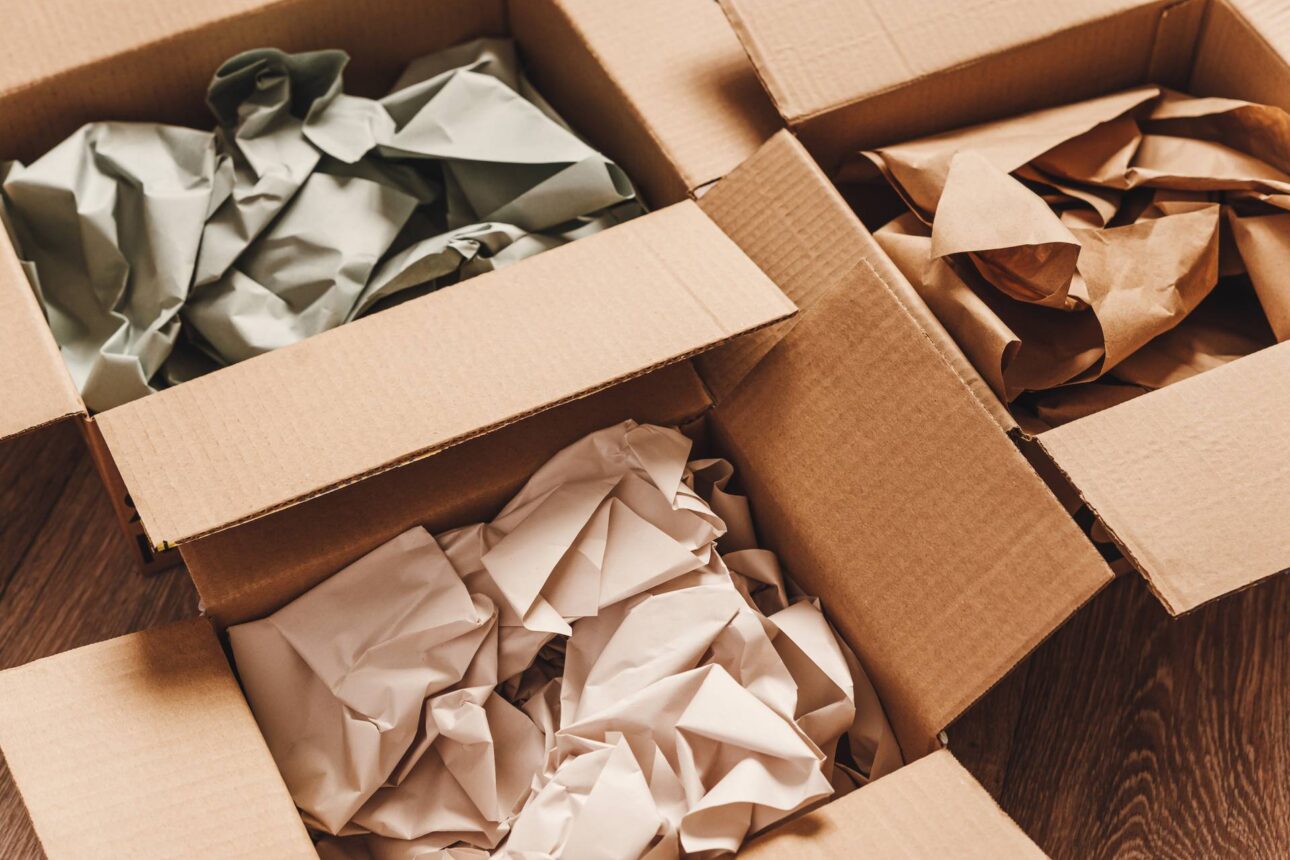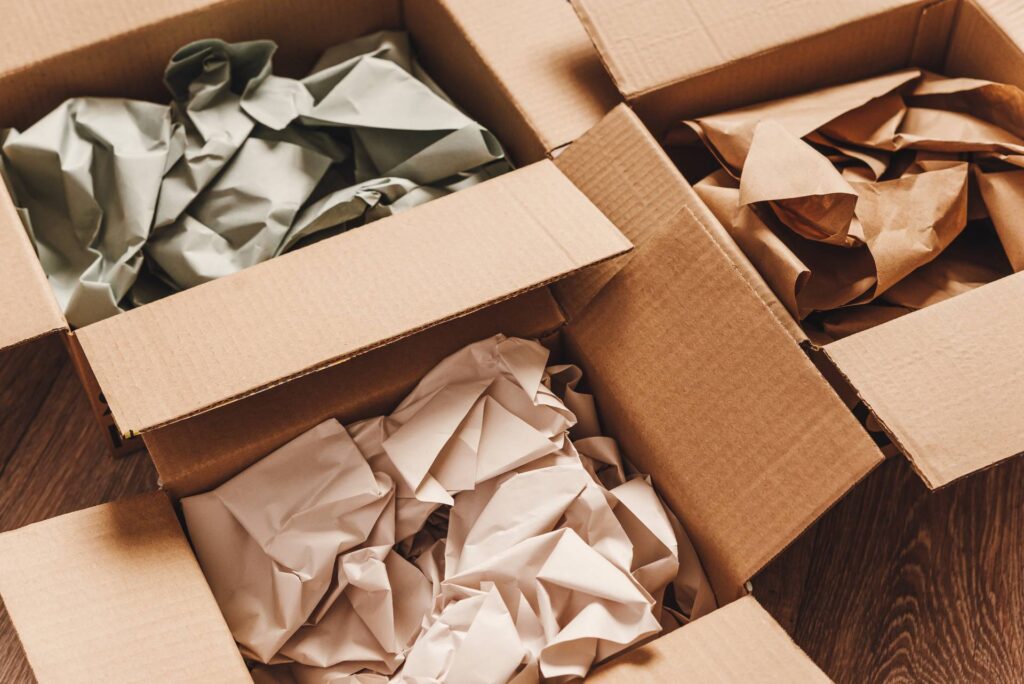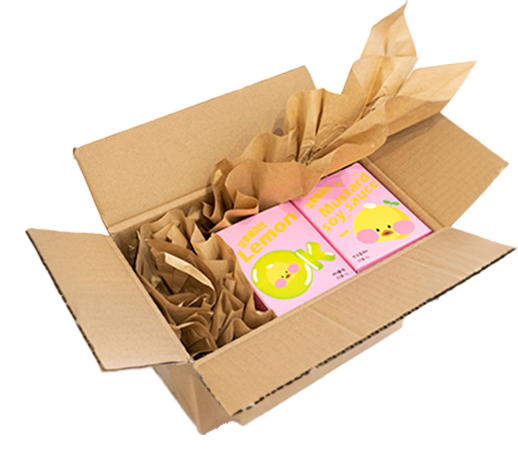
Void fill is a key requirement in the packaging industry. It protects products from damage and ensures they arrive safely to consumers and B2B customers. The range is broad, including plastic air pillows, paper cushioning, foam inserts, bubble wrap and many more. The void fill or protective material is used to fill empty spaces or wrap products within outer packaging to prevent them from moving around during transit or suffering impact damage.
Whilst using void fill to protect products during transit seems logical and straightforward, many companies utilise the wrong options. Research has found that the average package is dropped 17 times during transit, emphasising the need to make the right decision on void fill.
Choosing the right option involves considering factors such as the fragility of the product, its weight, and the expected stresses during transit. Conducting testing and analysis can help companies determine the most suitable void fill solution for their specific products. Additionally, proper packaging design, including selecting the right box size, wall thickness or flute style, is also important.

Damaged products result in increased waste generation and pollution, as they are genuinely discarded rather than repaired. The manufacturing, processing and transportation of replacement items increases resource consumption and further intensifying the carbon footprint associated with the supply chain. Damaged goods in the US alone account for 27 million tons of carbon dioxide emissions annually. Ultimately, reducing the incidence of damaged goods is vital for mitigating environmental damage.
The total cost of damaged products in the UK was estimated to be around £8 billion in 2023. Beyond the expense of replacing damaged items, the implications extend to increased expenses on labour through handling returns. Moreover, there are added expenditures associated with additional packaging and shipping associated with replacing damaged goods.
Ensuring products arrive in good condition enhances customer satisfaction and loyalty. Happy customers are more likely to make repeat purchases and recommend the brand to others, leading to increased revenue. In the long run, the most expensive impact of damaged products is the negative impact on customer lifetime value.

Choosing the right void fill is paramount in achieving your sustainability goals and reducing the risks described above.
It is important to consider the materials you require. Paper void fill tends to have a higher carbon footprint and cost per carton, but it is fully recyclable and is more effective in mitigating damage of heavier products. Plastic void fill on the other hand tends to have a lower carbon footprint and cost per carton and is more effective in transporting lighter products but is not recyclable in the UK kerbside waste collection.
We are seeing a large increase in biodegradable and compostable plastic void fill options on the market. In theory these are a good alternative, but currently the UK waste stream is not equipped to deal with these plastics. Only 3% of household have a home compost and these plastics cannot be recycled alongside other flexible plastics at supermarket recycling points. Lastly, packing efficiency should also be considered. Are you filling by hand or using machinery? Speed of box filling differs depending on method and material utilised. Picking the most efficient method for your company can be pivotal in reducing manpower and costs.
We’ve looked at the importance of void fill packaging and the different considerations for your supply chain. However, how do you know which option is best suited to your specific needs?
Hazel 4D offers a range of innovative void fill packaging solutions designed to keep your products secure during transit, reduce costs, and minimize environmental impact. Whether you’re looking for air pillows or paper cushioning, we have both paper and plastic options to suit your needs. Our solutions are tailored to help you optimise your packaging efficiency, ensuring maximum protection for your goods while supporting your sustainability goals.
Check out our brochure below to explore our full range of protective packaging and void fill solutions:
https://flipbook.hazel4d.com/protective-void-fill-brochure
At Hazel 4D we offer a bespoke packaging consultancy service to enhance your operations. Our team can conduct a thorough assessment of your current void fill packaging process, waste streams, and sustainability objectives to pinpoint areas of improvement. Based on our findings we will produce a detailed recommendation report outlining the void fill that will best fit your business needs. Our team will work closely with your business to ensure that the transition is as smooth and simple as possible, minimising disruption to your operations. We have many options to fit your various needs, so please contact us today.